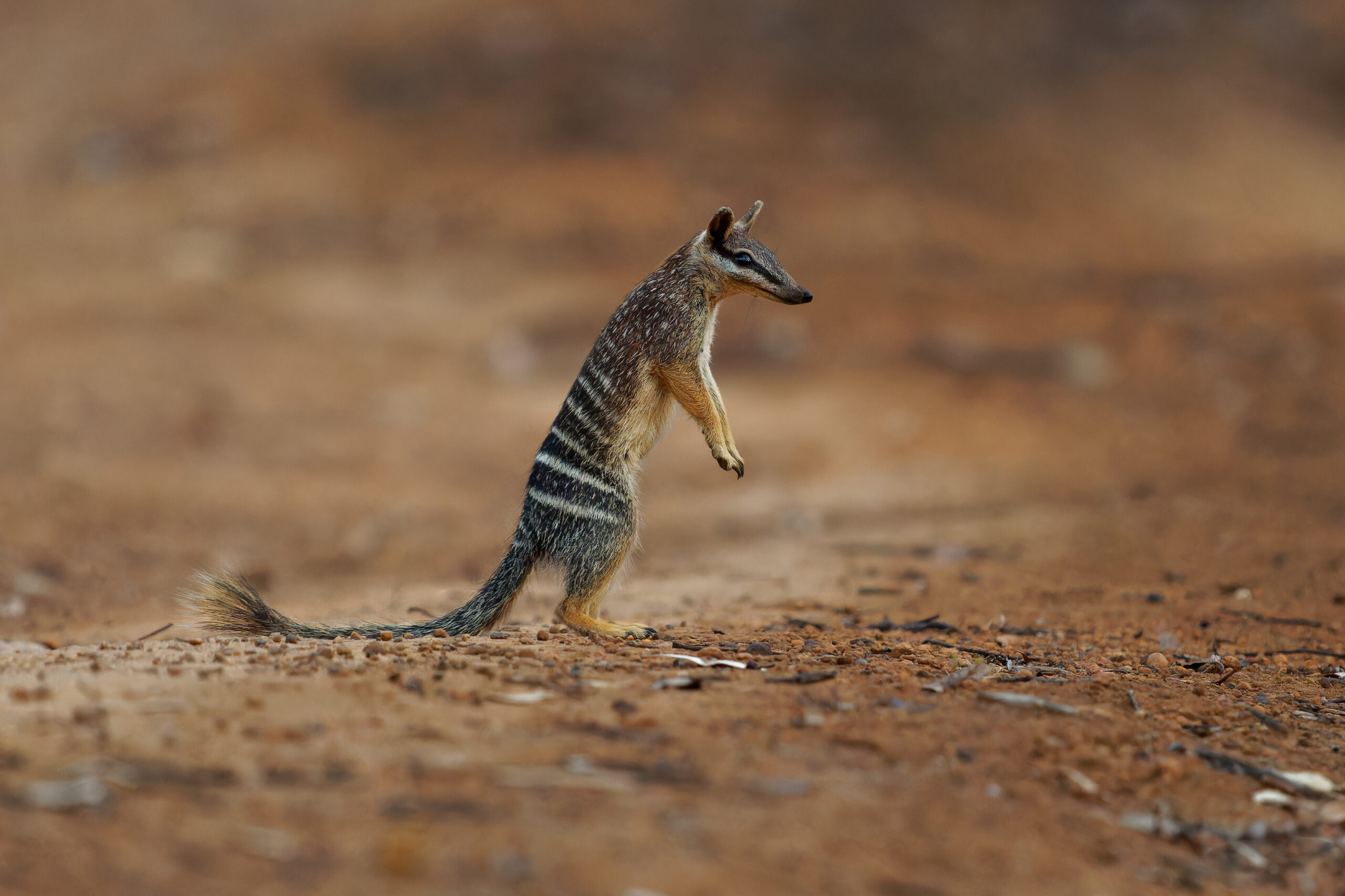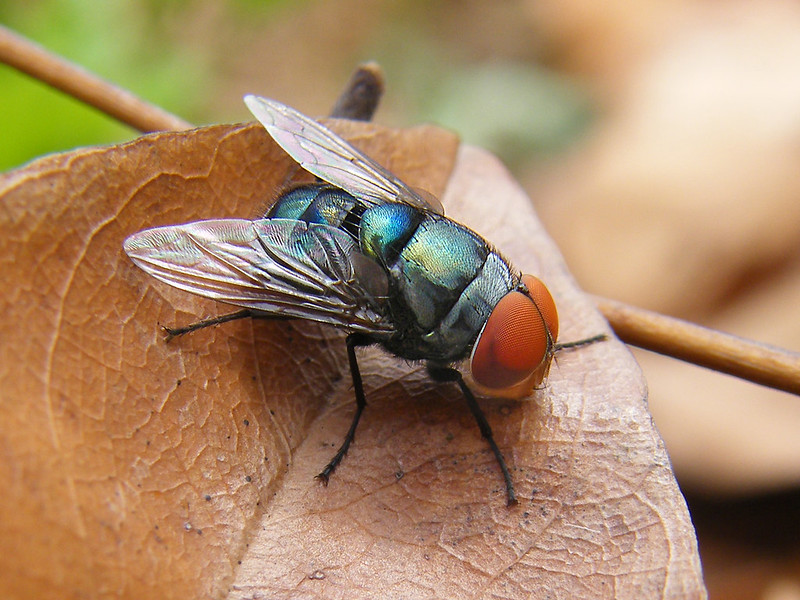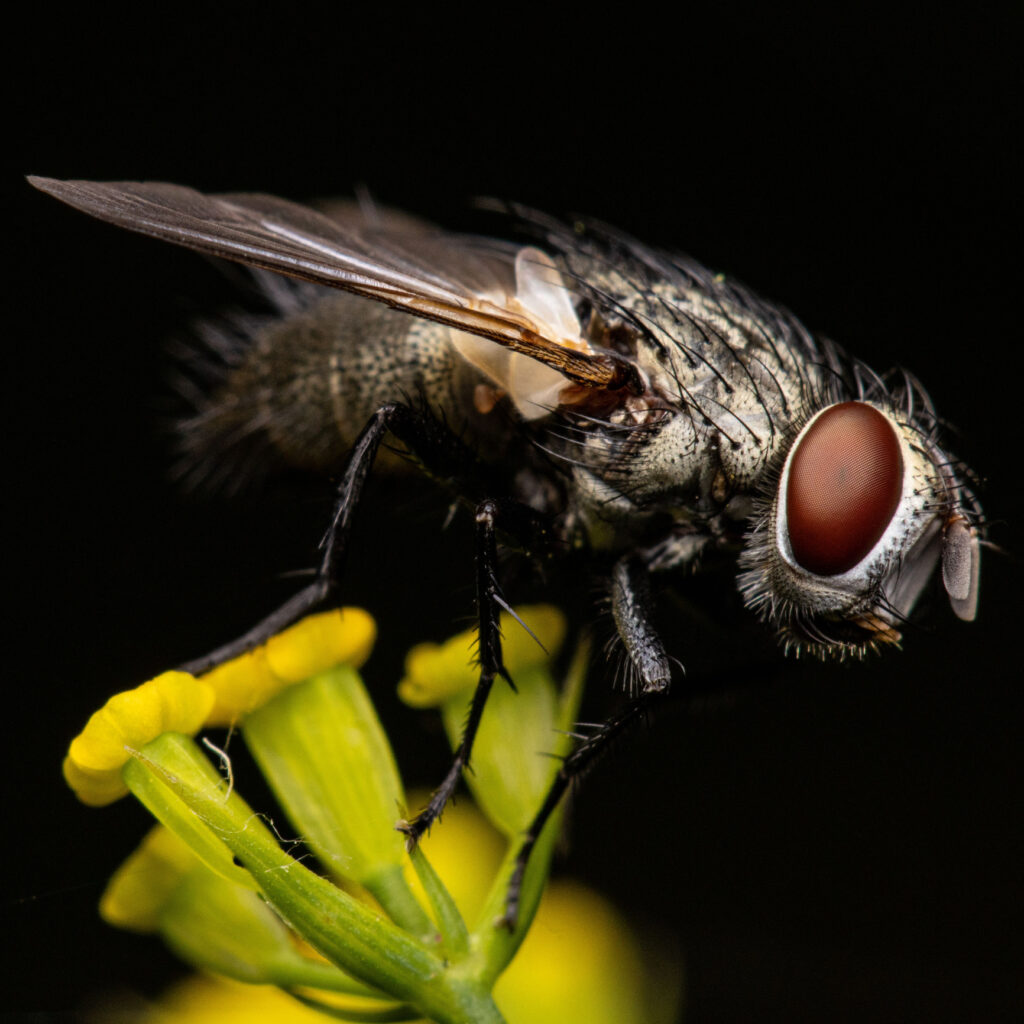Aussie flies are being used to spy on their neighbours.
How? Curtin University researchers have used invertebrate-derived DNA – known as iDNA – from carrion flies to track other animals’ movements.
The team detected native and invasive mammals in their study of habitats across the WA Wheatbelt.
“Collecting iDNA from flies is a non-invasive way to monitor several species of interest at once,” says Professor Bill Bateman, a senior researcher at Curtin and the study’s co-author.
The method works because flies pick up foreign DNA when they come into contact with other species.
FLYING BY THE SEAT OF THEIR PANTS
Monitoring the distribution of native species is key to identifying at-risk populations.
According to Bill, many native mammal populations are rapidly declining. This is partly due to habitat loss.
“The Wheatbelt region has been largely cleared for agriculture, leaving native habitats fragmented,” says Bill.
Highly fragmented landscapes increase risks to vulnerable native populations.
Isolation, edge effects and increased predation all contribute to lower survival rates.
I SPY WITH MY LITTLE FLY
Bill’s team focused on four native species: the echidna, numbat, woylie and chuditch. They also looked for invasive foxes and feral cats.
“We wanted to investigate if our expected distributions matched the iDNA signals,” says Bill.
“We predicted the native species would mainly be restricted to conservation reserves.”
They studied three conservation reserves: Boyagin Nature Reserve, Dryandra Woodland National Park and Lupton Conservation Park. These represented ‘islands’ of native vegetation.
The team also studied the connecting road edges and compared biodiversity levels between the sites.
DNA ON THE FLY
While endangered species can be hard to spot, flies are easy to come by in the Wheatbelt.
“We had plenty of flies to work with,” says Bill.
“We set up traps and collected them a few days later.”

A trap used to catch flies using 20–30mL of organic fly bait | Professor Bill Bateman
Over two weeks, they collected bulk iDNA from 3,428 carrion flies – Calliphoridae, commonly known as blow flies, and Sarcophagidae, commonly known as flesh flies.
The researchers amplified and identified the DNA using metabarcoding.
Other species also popped up in the data.
“We pooled the samples and used a mammal-specific primer to detect the species we were after,” says Bill.
“We can use a blocker to filter out species we’re less interested in.”
FLY-BY VISITS
Flies have lots of interaction with animals around them. By landing on mammals, their dung or carcasses, flies pick up fragments of their DNA.
And they don’t seem to travel very far with it, according to Bill.
The researchers found the flies only moved 500–700 metres from DNA sources.
They used bilbies in a fenced sanctuary within Dryandra National Park as an example.
“We detected bilbies within about 200 metres of the fence,” says Bill.
“The iDNA signals are highly localised.”
The collected DNA only remains viable for a certain amount of time, so scientists can tell if the animal has been nearby recently.
NOT FLYING THE COOP
The extracted iDNA signals confirmed the researchers’ predictions. The native mammals are taking refuge in the conservation reserves.
Foxes and cats were more widespread.
The invasive predators frequently use road-edge habitats. They are thought to travel easily around areas connected by roads.
Land clearing doesn’t bother them as much as native species.
The adaptable nature of cats and foxes is partly why they are one of the biggest contributors to Australian mammal extinctions.
“They’re one of the biggest problems for native species,” says Bill.
“We need to focus on predator pest control both within reserves and the surrounding areas.”
A FLY ON THE WALL
Using flies to track mammals over vast areas has several advantages over traditional techniques.
For a start, sample collection is much faster.
“We made distribution heat maps of multiple species from just two weeks of fly sampling,” says Bill.
“Other methods can take months.”
Direct observation, camera trapping and audio recording can be time and resource intensive, particularly when covering large or remote areas.
Invasive methods like live trapping and radio collars can be stressful to the animals and risk injury.
“We don’t have to touch the animals at all this way,” says Bill.
“And I don’t think many people will mind us removing a few flies.”
Another advantage is the potential to reduce overall costs.
DNA sequencing costs have decreased over the past decade. Metabarcoding studies can offer a cheaper option to conduct large biodiversity studies.
AS TIME FLIES BY
iDNA techniques can be a valuable tool for ecologists.
They can show which animals are using reserves, whether the habitats are suitable for them and what predators are nearby.
But there are some limitations, such as quantifying populations.
“This method tells us whether a species is present or not but not necessarily how many there are,” says Bill.
Combining iDNA collection with targeted surveys may lead to more-thorough monitoring systems.
The next steps could include expanding studies to cover broader regions and tracking a wider variety of animals.
“This technique could be applied to a range of conservation management programs,” says Bill.
“Keeping track of vulnerable animals without direct interference is very valuable.”











